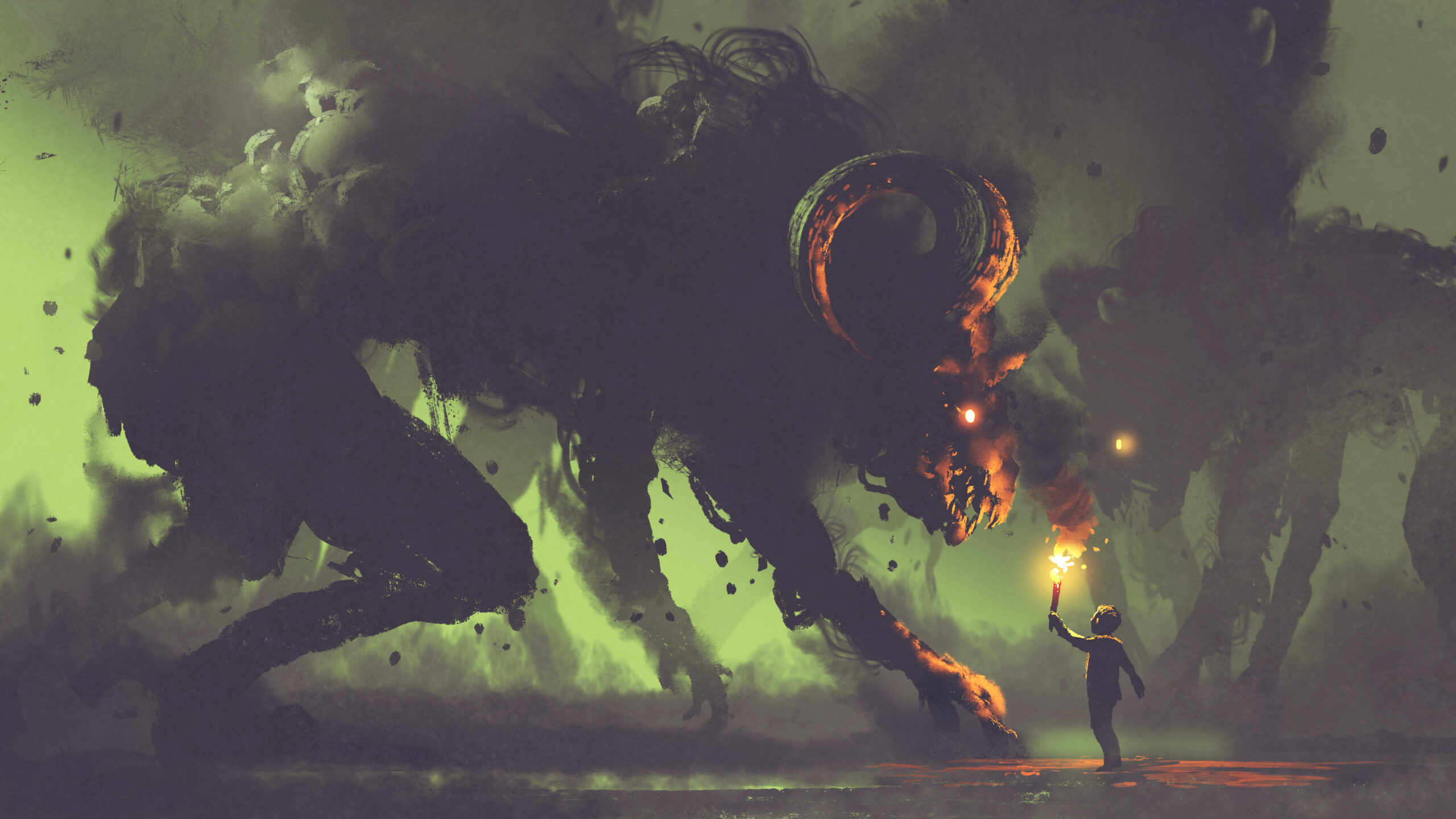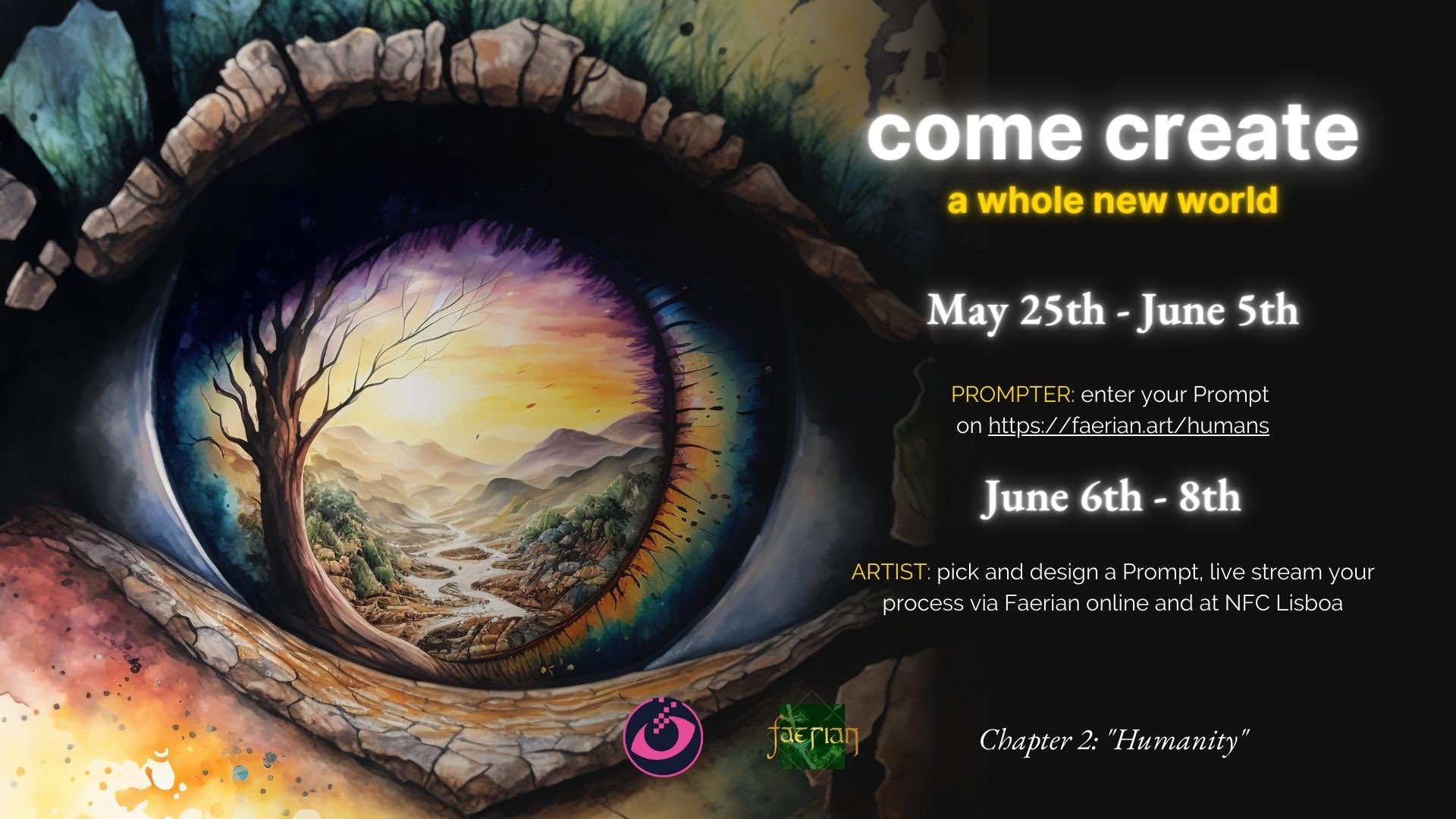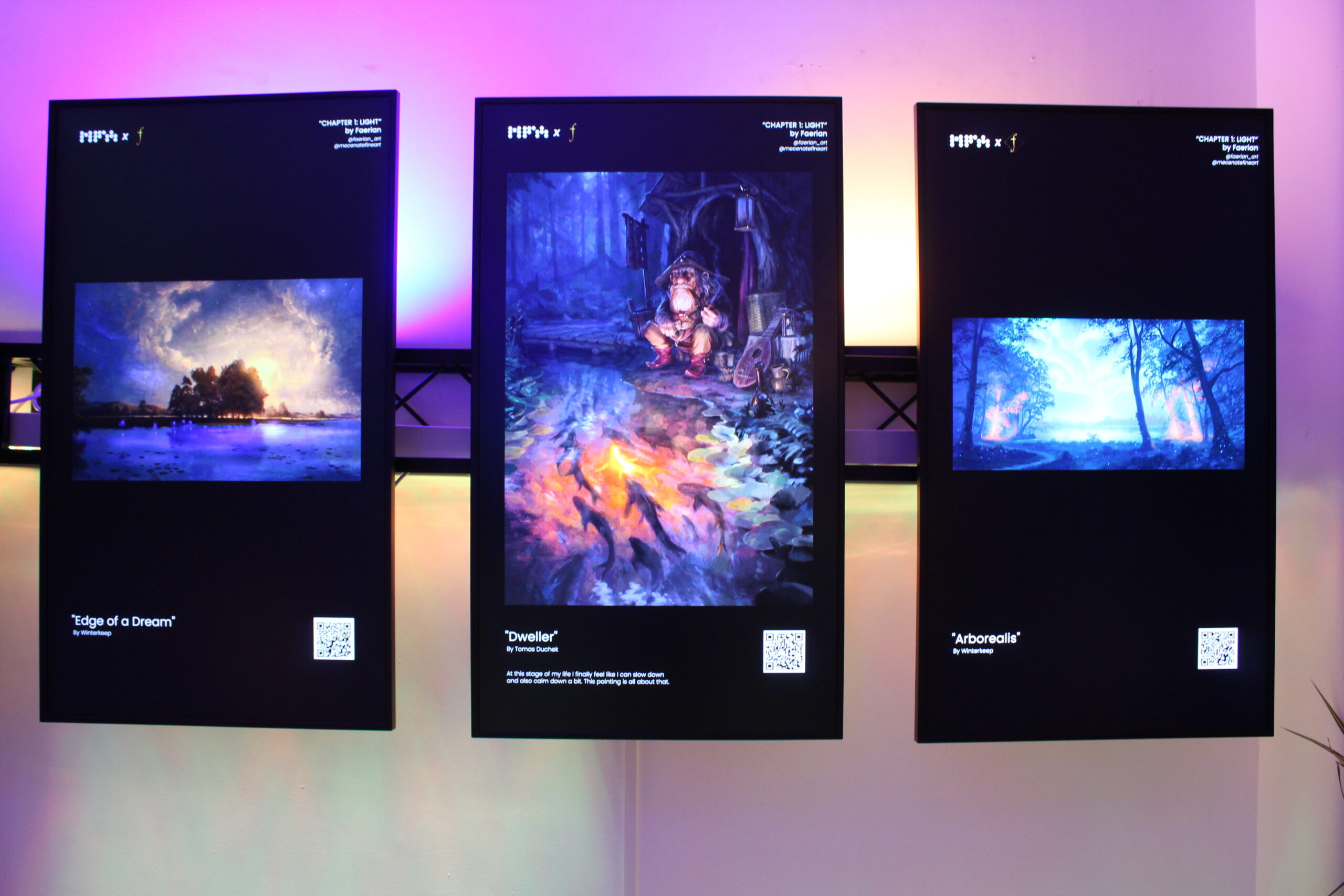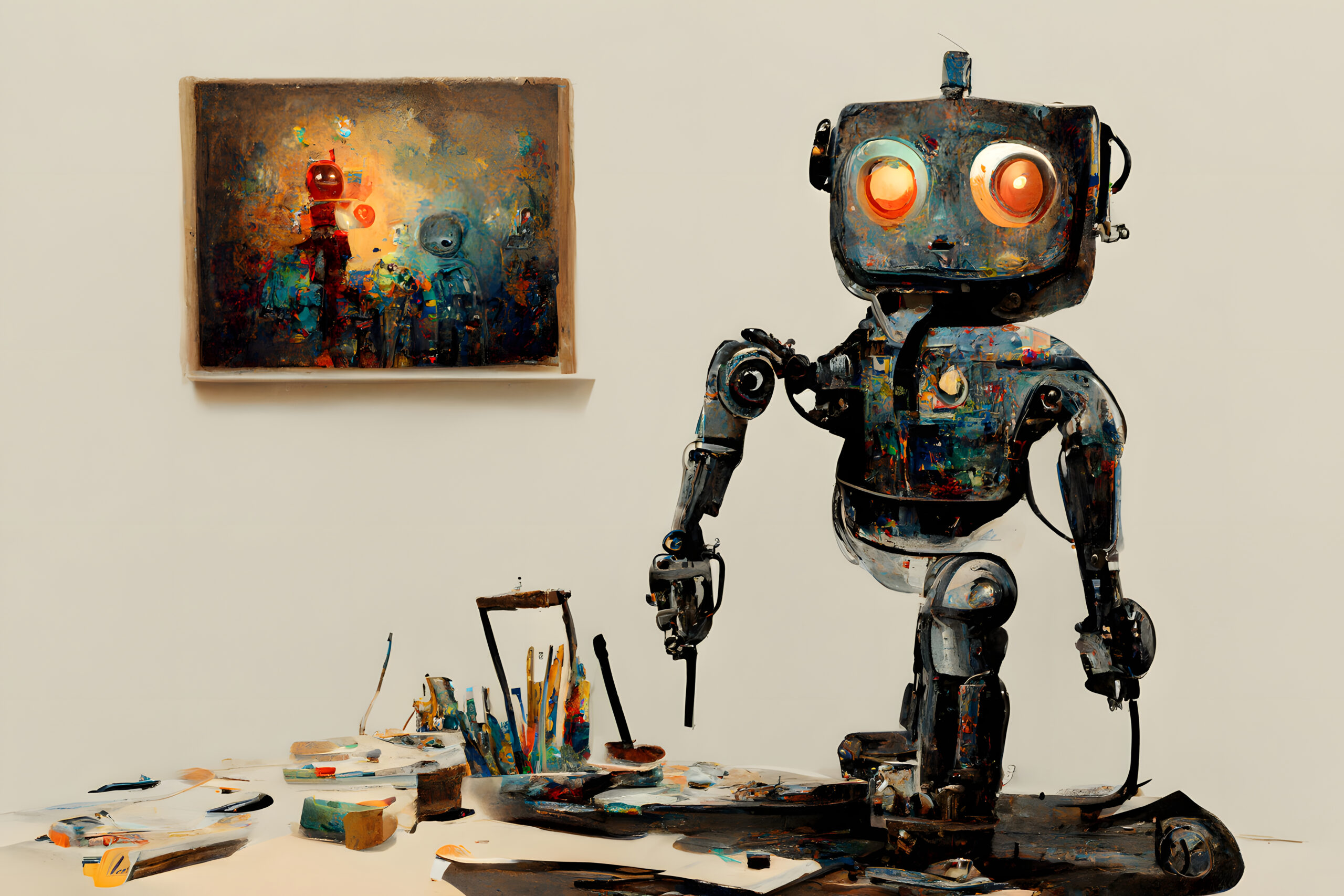
AI Art is Here to Stay – Now What?
Summary: What is AI art and how does it impact the art world?
Article available on Medium
Will art created by artificial intelligence change the art world as we know it? True, these complex systems can write poems, create music, and generate images based on our wildest fantasies in 60 seconds or less. Yet they are only tools, not conscious creators. Regardless of the many (and mostly angry) questions it brought, AI art is here to stay. So now what?

WhimmY, “Underwater Goddess”, Midjourney artwork, 2023
What is AI art?
Artificial intelligence art (AI art) is digital artwork based on text, image, video, or music, created with AI generator programs. These programs work either as text-to-image/video generators – meaning you put in textual instructions including the artistic style (i.e. prompt) and the program produces a corresponding image or video (DALL-E, Stable Diffusion, Synthesis); music generators in which you input chords, melodies or beats to create a new piece (AIVA); or text generators (ChatGPT, Jasper). All of these programs are trained on a massive amount of data from the Internet and run with the help of various AI technologies like deep learning, natural language processing, large language models, and machine learning.
Edward Denton, [Ai] ART IS DEAD: LONG LIVE ART: ANGER – 02 series
“Full body epic scene satan standing on cliff looking down”, Midjourney artwork, 2023
Simply put, in the last several years, artificial intelligence technology has advanced to the point where it can produce media that rivals human-created work. The advancement of this technology has entered the stage of exponential growth and is proving to be the most disruptive technology since the World Wide Web. You are not mistaken if it sounds like AI art has little to do with the art world. Law, healthcare, gaming, architecture, advertising, and many more industries are being transformed by generative AI, promising trillions of dollars in economic value. Unfortunately for art, essential aspects of creative production – originality, individuality, technical skill, and social norms of human creativity as a whole – are being called into question. And the main question is – is it art?
Art or Not? The Debates Around Generative AI

Marcel Duchamp, “Fountain“, 1917, photo by Alfred Stieglitz
During the opening lecture in my Art Theory Ph.D. program, a fellow student asked the professor “What is art?”. He cryptically smiled and in return asked “Do you want me to lose my job?”. Joking aside, his point was that the entire history of art has been laden with that very question. I would say that art should be about the freedom of answering it in always new and different ways. Similar to how Marcel Duchamp sparked controversy in the art world in 1917 with his piece Fountain (aka the urinal), which questioned the way art institutions define art. “He took an ordinary article of life, placed it so that its useful significance disappeared under the new title and point of view – created a new thought for that object,” Beatrice Wood wrote in The Blind Man magazine that same year, defending the piece.
The main thing to remember is that AI art is not art created by artificial intelligence. Not really. These systems are tools that only function with human input. Consider only the Galaxy (Infinite AI Data Painting) signed by Refik Anadol (selling as NFT at Sotheby’s for 150.000 USD) starring at The 65th Annual Grammy Awards in 2023. Is there a checkbox left to cross? The celebration of AI generative art is still a celebration of human creativity. If and when general artificial intelligence comes – that will certainly be the day to rethink a whole bunch of things, art included. But is AI art any good?
Is AI Art Beautiful? The Aesthetics of AI Art

Jason Allen, “Théâtre D’opéra Spatial”, Colorado State Fair winner, Midjourney artwork, 2022
Laura Pitcher of Vice believes all that AI-generated art has been good for is pissing people off. That AI art in general is soulless, cringe, and uncompelling. The quality of artwork generated by AI systems varies depending on the medium and human (co-)creator. The ChatGPT by OpenAI, which forced Google to run an internal “code red” alarm, is a force to be reckoned with. Its imitation and amalgamation of writing styles and topics are quite impressive. Image generation programs give much weaker results, often resulting in blurry lines and contours. But this is bound to change as technology progresses further. The question about the aesthetics of AI art will not be a question about beauty. After all, these algorithms can only generate with what we give them, and we gave them centuries of amazing masterpieces. When the day comes, if allowed, machines will give us art more beautiful and complex than any human-made. In the meantime, let’s see what the art world says about generative AI.
Flood at the Gates: The Response of the Art World

Elias Martin, “Gustav IIIs visit to the Royal Academy of Arts”, 1782
Refik Anadol we mentioned above has been invited to apply his machine learning to MoMA’s entire collection. The gatekeepers are not against this technological marvel, especially if used to its full potential. Countless galleries are exhibiting such works. More and more experts are announcing the arrival of the new AI art movement. Many are indeed skeptical of the blatant incursion of Silicon Valley into the sacred halls of art creation. Despite that, the democratization of the creative production that Web 2.0 started, AI art fulfilled in earnest. Facebook group “AI art universe” has almost 500.000 members; #AIart has been used four million times on Instagram, and this new online community is growing. Significant copyright and bias issues notwithstanding, AI art generators brought art creation to the (digital) masses. The masses can be scary sometimes though – just ask Billie Eilish.

No-AI movement
Similar to Greg Rutkowski, who we already wrote about, Kelly McKernan’s name has been used more than 12.000 times as a prompt for creating a certain style of AI artwork – believed to be best for creating the “Lord of the Rings” aesthetic. Many artists are indeed not very happy about AI-generated art. The online campaign #NotoAIart initiated to force the ArtStation platform to ban such works proves this (ArtStation is not budging). Artists are worried about the legality of AI artworks and the devaluation of their skills. More than that, they are confused. What does this mean for them, for their original work? Should they fight this, face it or embrace it?
In Conclusion – Should we Embrace Disruption?

AI generative tools may put many (including artists) out of work, but it is also possible that they will push the quality of human creativity to new highs. What took a 3D artist a month to produce will be completed in minutes, enabling us, human creators, to focus on other aspects of work. OpenAI company announced a phase of personalization of AI generative tools, meaning artist could have their assistant, tailored especially for their needs and aesthetics – unique.
But as we said, industries are far more interested in the possibilities offered by AI generative work. The term used is synthetic media and is believed it will become a dominant form of content on the Internet very soon. SF writer Ted Chiang rightly points to the dangers if the Internet becomes mostly filled with AI-produced content. Consider if AI generators begin generating using primarily AI-generated data. The quality of such data would soon pale – like a physical copy of a copy of copy of a picture. Yet, if we assume that both the flooding of the Internet with AI-generated data and the subsequent appearance of more beautiful and creative work done by humans takes place, Chiang’s forecast may never come true. Better work from people and machines alike will fuel the wheel of creation.
- The Vindication of the Monster: From Tolkien to The Witcher - January 6, 2025
- AI Art is Here to Stay – Now What? - May 22, 2023
- Breaking the Chains: Women Conquering Fantasy Art World - March 6, 2023
Do you want to build the kingdom of fantasy art together?
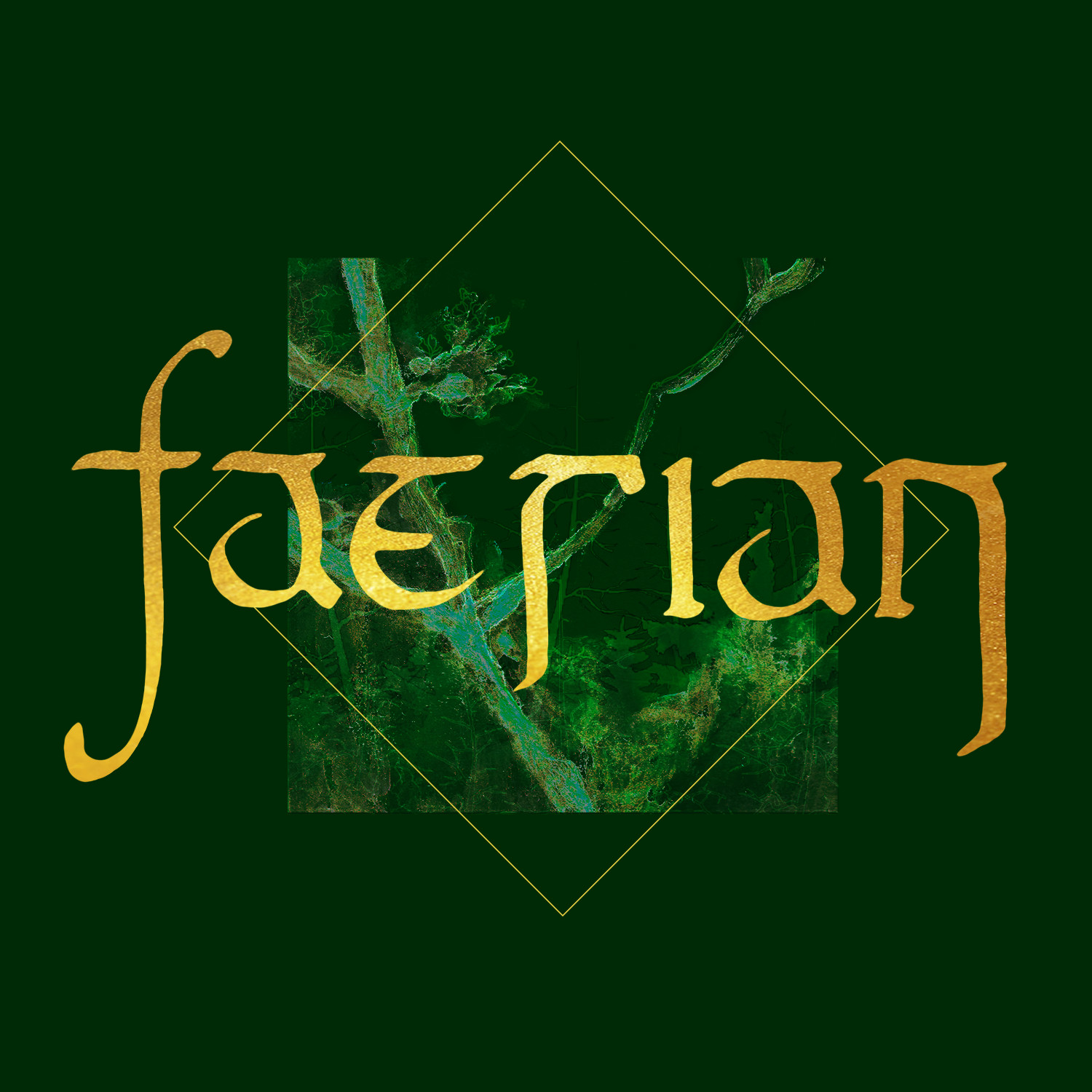
![Edward Denton, [Ai] ART IS DEAD: LONG LIVE ART: ANGER – 02 series, Full body epic scene satan standing on cliff looking down, Midjourney artwork, 2023.](http://faerian.art/wp-content/uploads/2023/05/edward-denton-edred-full-body-epic-scene-satan-standing-on-cliff-looking-down-793fe8c2-72d1-49ef-85d2-a16485722011.jpg)
